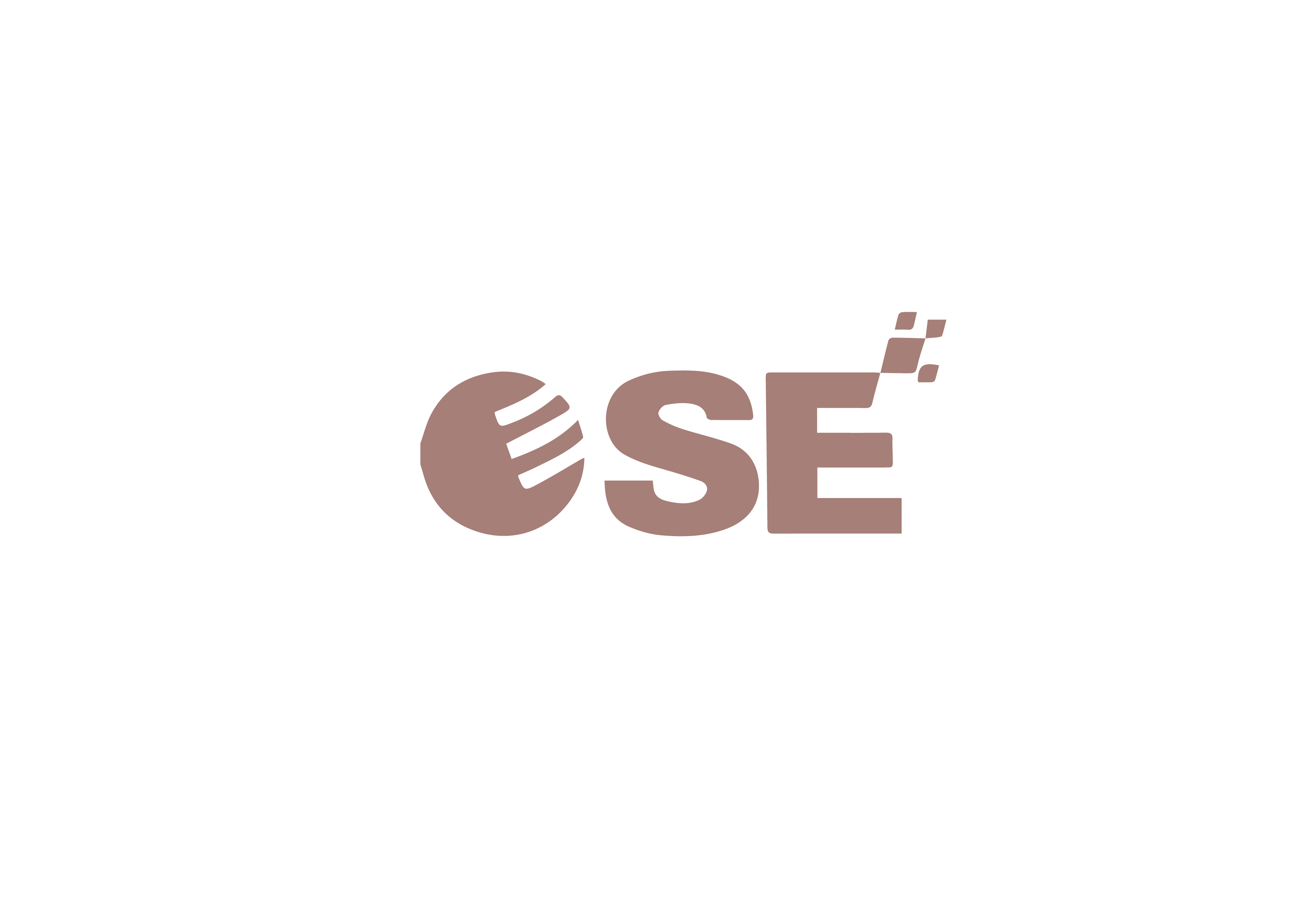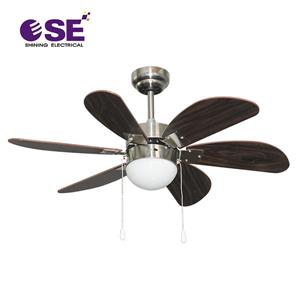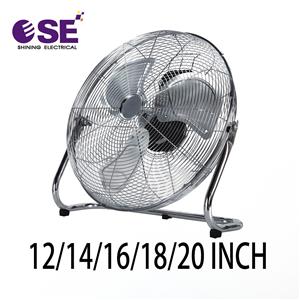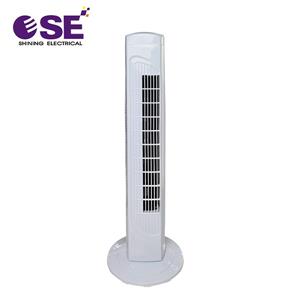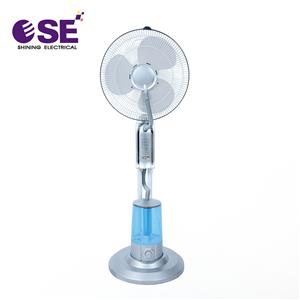What does the LVD and EMC directives for CE certification of electric fans contain?
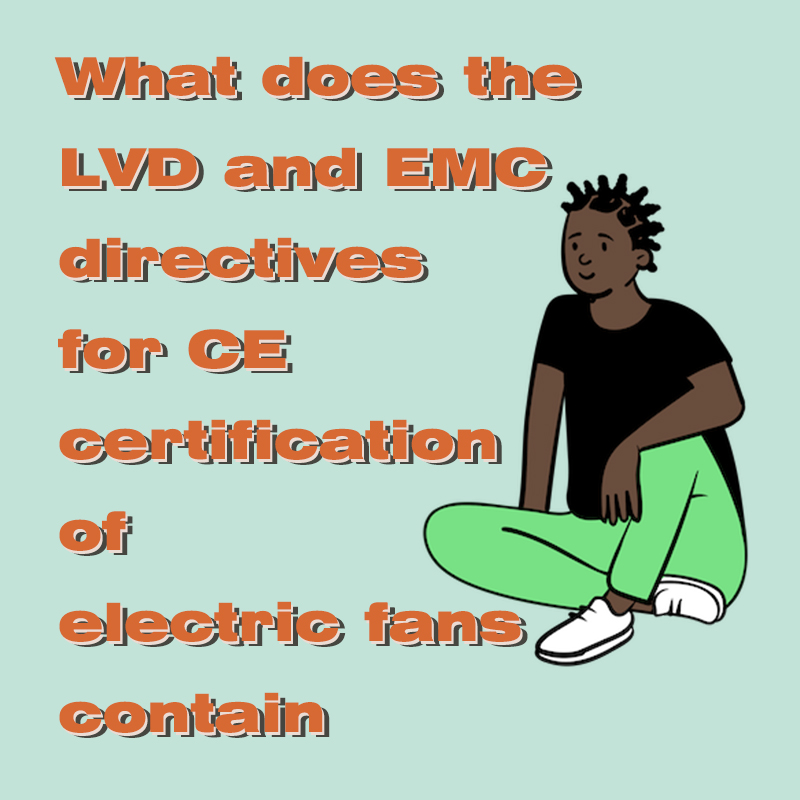
1. Low Voltage Directive (LVD) Directive no:
LVD Low Voltage Directive (LVD), the objective of the LVD is to ensure the safety of low voltage equipment in use. The scope of application of the directive is the use of electrical products with a voltage between 50V and 1000V AC and 75V and 1500V DC, to do CE certification are required to carry out the Low Voltage Directive LVD certification.
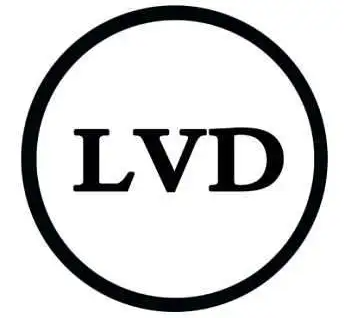
The equipment shall be designed and constructed in such a way that no hazards arise when it is used under normal operating conditions or under fault conditions, as per its intended use. In particular the following risks are assessed:1) lightning strikes 2) hazardous energy 3) fire 4) mechanical and thermal 5) radiation 6) chemicals.
Electrical safety components to be tested by LVD: power cords, plugs, sockets, clutches, connectors, capacitors, fuses, switches, thermostats, dimmers, timers, converters, motors, speakers, ballasts, relays, non-integral lamps, fuse holders.
LVD tests are as follows: power test, temperature rise test, temperature test, scorch wire condition test, overload test, leakage current test, earth resistance test, voltage test, power cord pull test, stability test, plug torque test, shock test, plug discharge test, component destructive test, operating voltage test, motor stall test, high and low temperature test, rolling test, insulation resistance test, Ball pressure test, screw torque test, needle flame test, etc.
2. Electromagnetic Compatibility (EMC) Directive no:
Electromagnetic compatibility (EMC) is the ability of a device or system to operate in compliance with the requirements of its electromagnetic environment and not cause intolerable electromagnetic interference to any equipment in its environment.

EMC has two requirements: on the one hand, it means that the electromagnetic interference generated by the equipment in the normal operation process to the environment where it is located cannot exceed certain limits; on the other hand, it means that the apparatus has a certain degree of immunity to the electromagnetic interference present in the environment, i.e. electromagnetic sensitivity.
The basic requirements of EMC: encompass both electromagnetic interference (EMI) and immunity to interference (EMS).
In terms of protection requirements, the Directive requires that equipment shall be designed and manufactured on an as-is basis to ensure that the electromagnetic disturbance generated by the equipment does not exceed a level at which radio communications equipment or other equipment cannot function properly for its intended use; the equipment shall be immune to the electromagnetic disturbance encountered in its intended use, with no unacceptable degradation in expected performance.
If you are interested, welcome to contact us:
![]() WhatsApp: +86 13144118381
WhatsApp: +86 13144118381
![]() Email: operating@fsshining.com
Email: operating@fsshining.com
![]() Web: www.fsshining.com
Web: www.fsshining.com
![]() Foshan Shining Electrical Appliance Co., Ltd.
Foshan Shining Electrical Appliance Co., Ltd.
